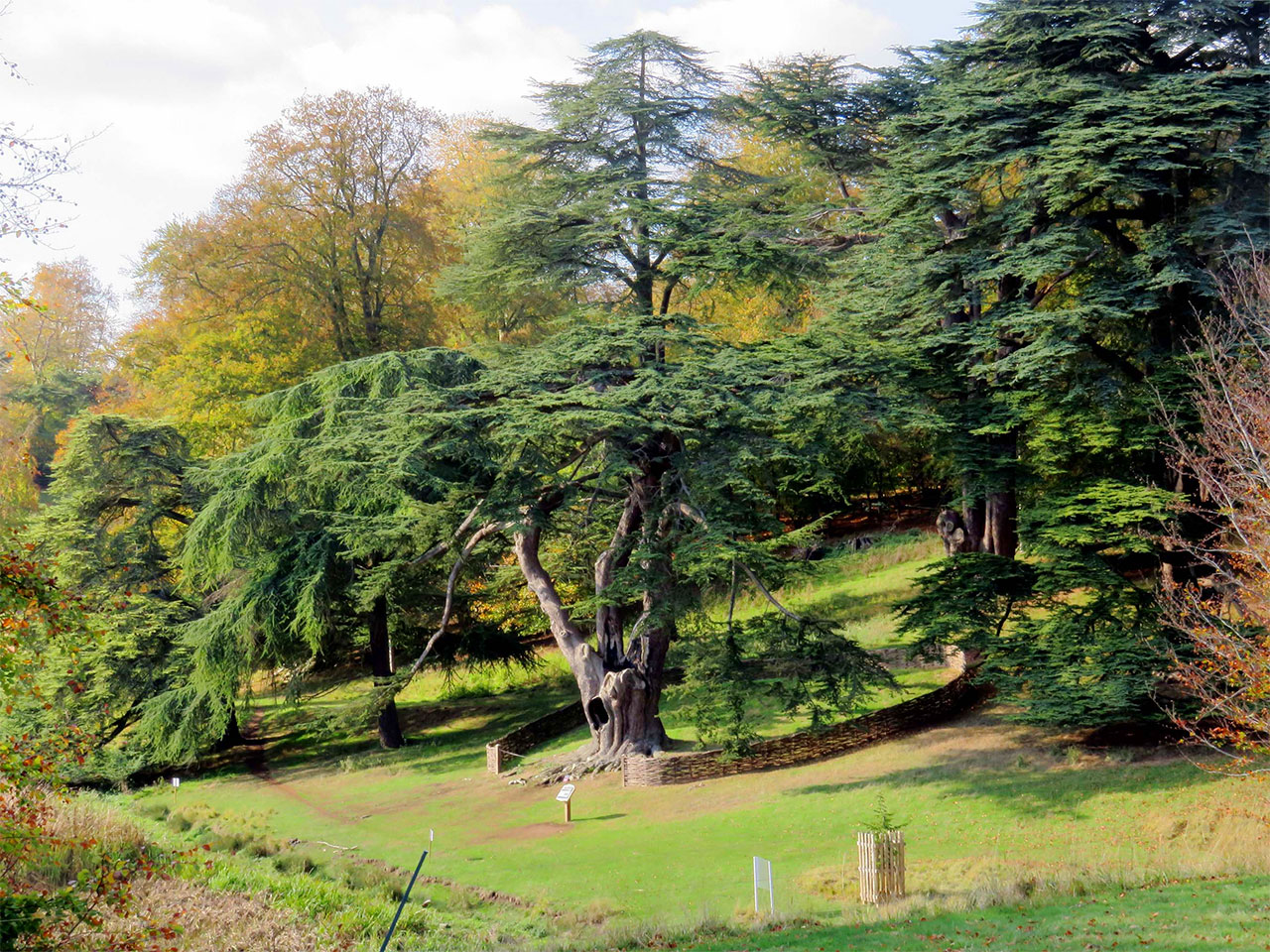The Cedar of Lebanon (Cedrus libani) stands as one of the most iconic and revered trees in history, holding deep spiritual, historical, and cultural significance across centuries.
Native to the mountains of the Eastern Mediterranean, particularly in Lebanon, parts of Turkey, and Syria, this evergreen coniferous tree has captivated civilizations with its majestic stature, reaching heights of up to 120 feet, and its expansive canopy that can stretch up to 45 feet wide.
Beyond its imposing physical presence, the Cedar of Lebanon has woven itself into the fabric of ancient civilizations. The tree’s durable and aromatic wood made it a highly sought-after resource in ancient times.
The Phoenicians used it for shipbuilding, the Egyptians for construction and mummification, and King Solomon famously sourced it for the construction of the First Temple in Jerusalem. Symbolically, it is frequently mentioned in religious texts, especially the Bible, representing strength, endurance, and holiness.
Today, the Cedar of Lebanon remains an emblem of national pride for the Lebanese people, immortalized in the center of their national flag, a testament to its enduring legacy and significance.

About The Author
John Bagnasco has been in the gardening industry for over 50 years, starting with a horticulture degree from Michigan State University and following a stint at Frank’s Nursery and Crafts in Detroit.
After publishing his first book “Plants for the Home Vol. I” in 1976, he moved to California to become regional manager and buyer for the Nurseryland division of Sunbelt Nursery Group.
He then became the head buyer for Armstrong Garden Centers based in Glendora, California. John had a part-time affiliation with Creative Promotions for ten years before joining them full-time in October 2000 as a senior editor and radio personality for Garden Compass.
John has also taught horticulture classes at Palomar College and San Diego State University.
He is the host of the DVD “The Essential Guide to Roses,” which also features Bryan Main and Bruce and Sharon Asakawa.
His most recent book is “Planting Designs for Cacti and Succulents”.
Currently, John is a co-host on “Garden America,” an interactive live gardening show that additionally provides podcasts of the broadcasts accessible on all major platforms.
You can contact John here.

